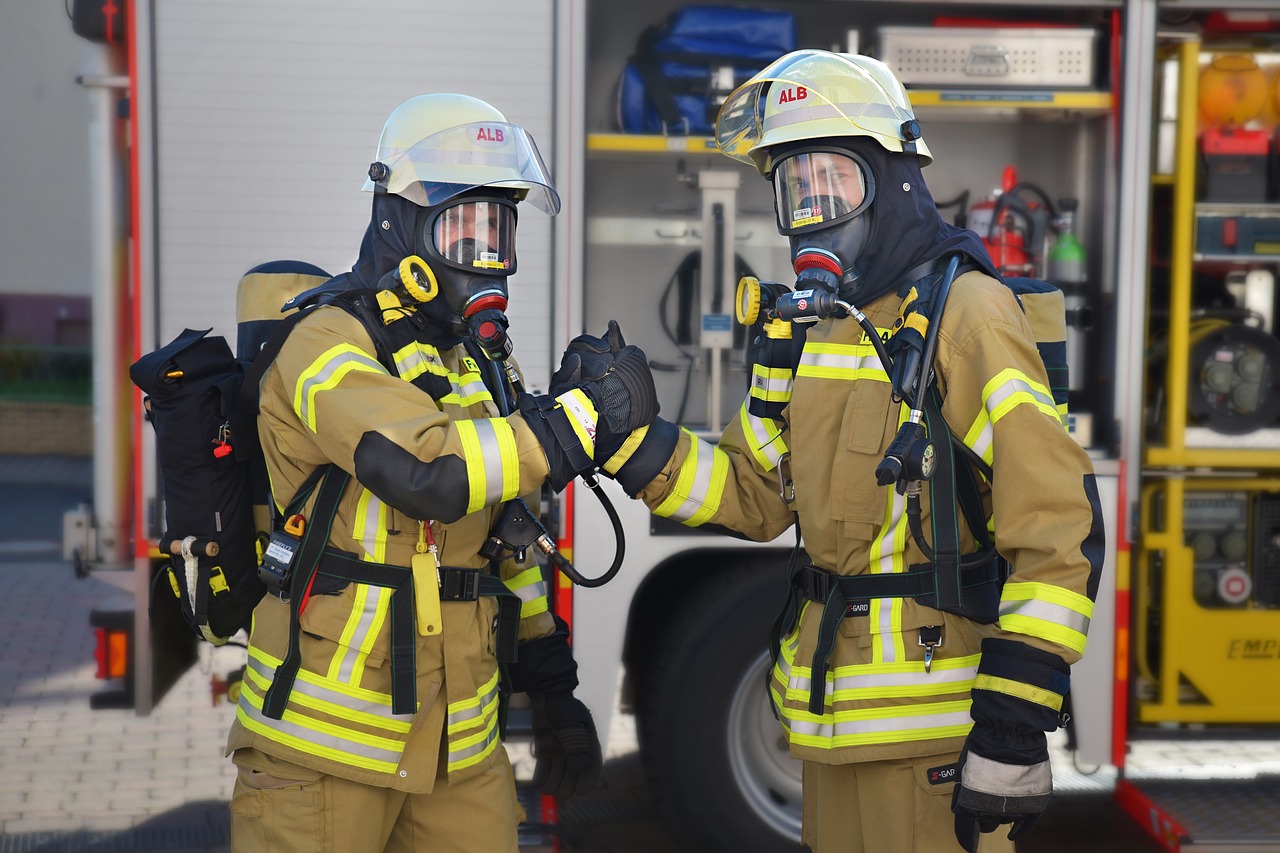Overseeing community fire prevention workshops and demonstrations is a crucial step in educating the public about fire safety. In this how-to guide, we will provide you with a comprehensive breakdown of everything you need to know to successfully host these events. From planning and organizing workshops to setting up engaging fire prevention demonstrations, this guide will equip you with the knowledge and tools necessary to make a positive impact in your community. By following these steps, you can help raise awareness, promote fire safety practices, and ultimately contribute to a safer environment for everyone.
Planning Your Fire Prevention Workshop
Key Factors to Consider
Before planning your fire prevention workshop, consider key factors such as the target audience, location, budget, and resources available. Identify the specific fire safety topics you want to cover and tailor the content to meet the needs of your community. Ensure that the workshop is accessible to all participants, regardless of their level of fire prevention knowledge or background. Assume that attendees may have varying levels of familiarity with fire safety concepts, so it is necessary to provide a comprehensive and engaging learning experience.
Assembling a Qualified Team
Assembling a qualified team for your fire prevention workshop is crucial to its success. Look for individuals with expertise in fire safety, emergency response, or community outreach to serve as instructors or presenters. Consider inviting local firefighters, fire inspectors, or certified fire safety educators to contribute their knowledge and experience to the workshop. Planning a diverse team with various backgrounds and skills will ensure a well-rounded and informative event for participants.
Organizing the Event
Choosing the Right Venue and Time
Some key factors to consider when organizing a community fire prevention workshop include choosing the right venue and time. If possible, opt for a location that is easily accessible to the community, such as a community center, school, or local park. Ensure that the venue has enough space to accommodate the expected number of attendees and any demonstrations that may take place. Additionally, select a time that is convenient for most community members, such as a weekend morning or early evening.
Marketing and Promotion Tips
Some effective marketing and promotion tips for your community fire prevention workshop include utilizing social media platforms, local news outlets, and community bulletin boards to spread the word. On social media, create event pages and posts to generate interest and encourage attendees to share with their networks. This will help increase visibility and reach a wider audience. This can also involve reaching out to local fire departments, schools, and community organizations to promote the event within their networks.
Conducting the Workshop
Essential Topics to Cover
Even though every community has specific fire risks and challenges, there are some crucial topics that should be covered in every fire prevention workshop. These include the importance of having properly working smoke alarms, creating and practicing a fire escape plan, identifying common fire hazards, and understanding the importance of fire safety in everyday activities.
Interactive Demonstrations and Activities
To engage participants and ensure they retain the information shared during the workshop, interactive demonstrations and activities are crucial. These can include hands-on fire extinguisher training, fire escape plan drills, smoke alarm testing, and interactive quizzes to reinforce key fire safety concepts.
Understanding that adults and children have different learning styles, incorporating a variety of activities and interactive elements can make the workshop more engaging and impactful. Ensuring participants actively participate in hands-on activities will increase their understanding of fire prevention practices and preparedness measures.
Follow-up and Community Engagement
Evaluating Workshop Success
To ensure the effectiveness of your community fire prevention workshops and demonstrations, it is imperative to evaluate their success. This can be done by collecting feedback from participants through surveys or follow-up interviews. Analyzing this feedback will help you identify what aspects were well-received and what areas need improvement for future workshops.
Maintaining Momentum and Ongoing Education
Assuming the success of your initial workshop, it is crucial to maintain momentum and keep the community engaged in fire prevention efforts. Consider hosting regular follow-up sessions, distributing educational materials, or organizing hands-on training opportunities. By providing ongoing education and reinforcement of key messages, you can ensure that the community remains vigilant and proactive in fire safety measures.
The continuity of fire prevention efforts relies on consistent engagement and education. By incorporating refresher courses, updates on safety protocols, and community drills, you can reinforce the importance of fire prevention and empower individuals to take proactive measures in protecting their homes and families.
Summing up
With this in mind, hosting community fire prevention workshops and demonstrations is a proactive way to educate and empower individuals to protect themselves and their neighborhoods. By following the steps outlined in this guide, organizers can effectively plan and execute successful events that will have a lasting impact on the community. Bear in mind, prevention is key when it comes to fire safety, and these workshops can make a significant difference in reducing the risk of fires and saving lives. Stay committed to promoting fire safety awareness and continue to engage with community members to create a safer environment for all.


